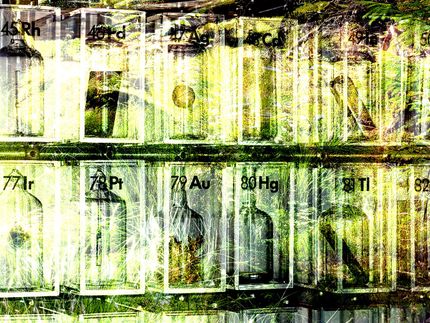Some chemicals less damaging to ozone can degrade to long-lived greenhouse gas
Advertisement
Some substitutes for ozone-damaging chemicals being phased out worldwide under international agreements are themselves potent Greenhouse Gases and contribute to warming. Now, a new study, shows for the first time how some of those replacement chemicals can break down in the atmosphere to form a greenhouse gas that can persist for millennia, much longer than the substitute chemicals themselves.
Specifically, when some chemicals widely used as refrigerants break down in the stratosphere under some conditions, they can form a potent greenhouse gas that lasts for up to 50,000 years, according to scientists from the Cooperative Institute for Research in Environmental Sciences (CIRES) at the University of Colorado Boulder and the NOAA Earth System Research Laboratory (ESRL) in Boulder.
"This compound, carbon tetrafluoride or CF4, essentially lasts forever because there aren't any known removal mechanisms in the atmosphere," said James Burkholder, a research chemist at NOAA ESRL and lead author of the study.
Burkholder's colleague Aaron Jubb, a CIRES scientist working at NOAA ESRL and now at Oak Ridge National Laboratory, did the laboratory work showing how CF4 can be made from some halocarbons, chemicals that include hydrofluorocarbons (HFCs) and hydrochlorofluorocarbons (HCFCs) and are substitutes for the more ozone-damaging chemicals that have largely been phased out. Jubb started with trifluoroacetyl fluoride exposed it to short-wavelength UV radiation, and looked at the reaction products that formed. CF4 was one of those breakdown products.
The amount of CF4 produced by this photochemical process was shown to be a small fraction of atmospheric CF4; industrial sources are much larger emitters of CF4. Still, identifying this particular source of such a potent and lasting greenhouse gas is important, particularly since its production could continue to grow depending on which "parent" products are used by industry.
"We really need to understand the chemistry of the compounds we use," Jubb said. "Even as we move towards shorter-lived halocarbons for industrial use, during atmospheric degradation they can produce a long-lived atmospheric effect."































































